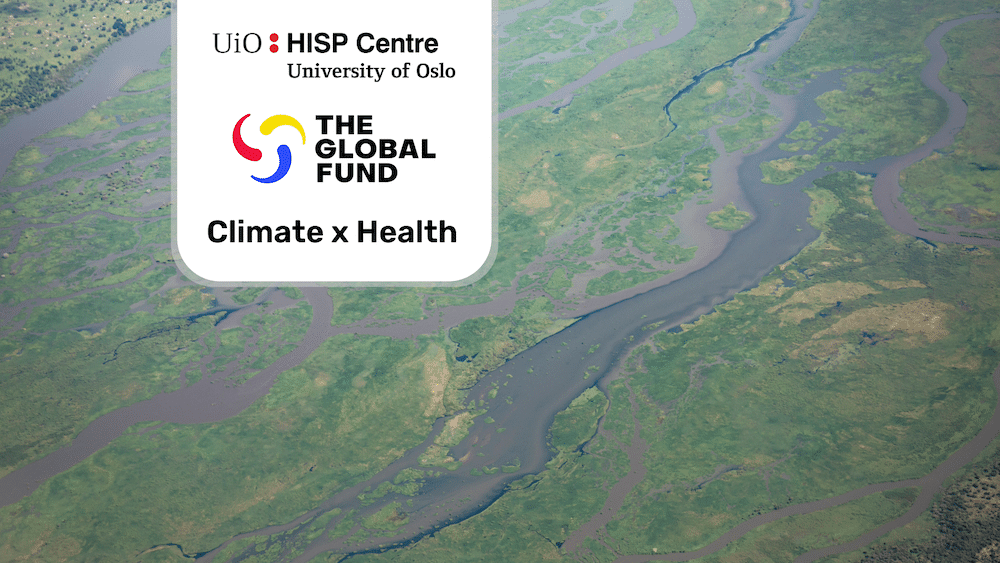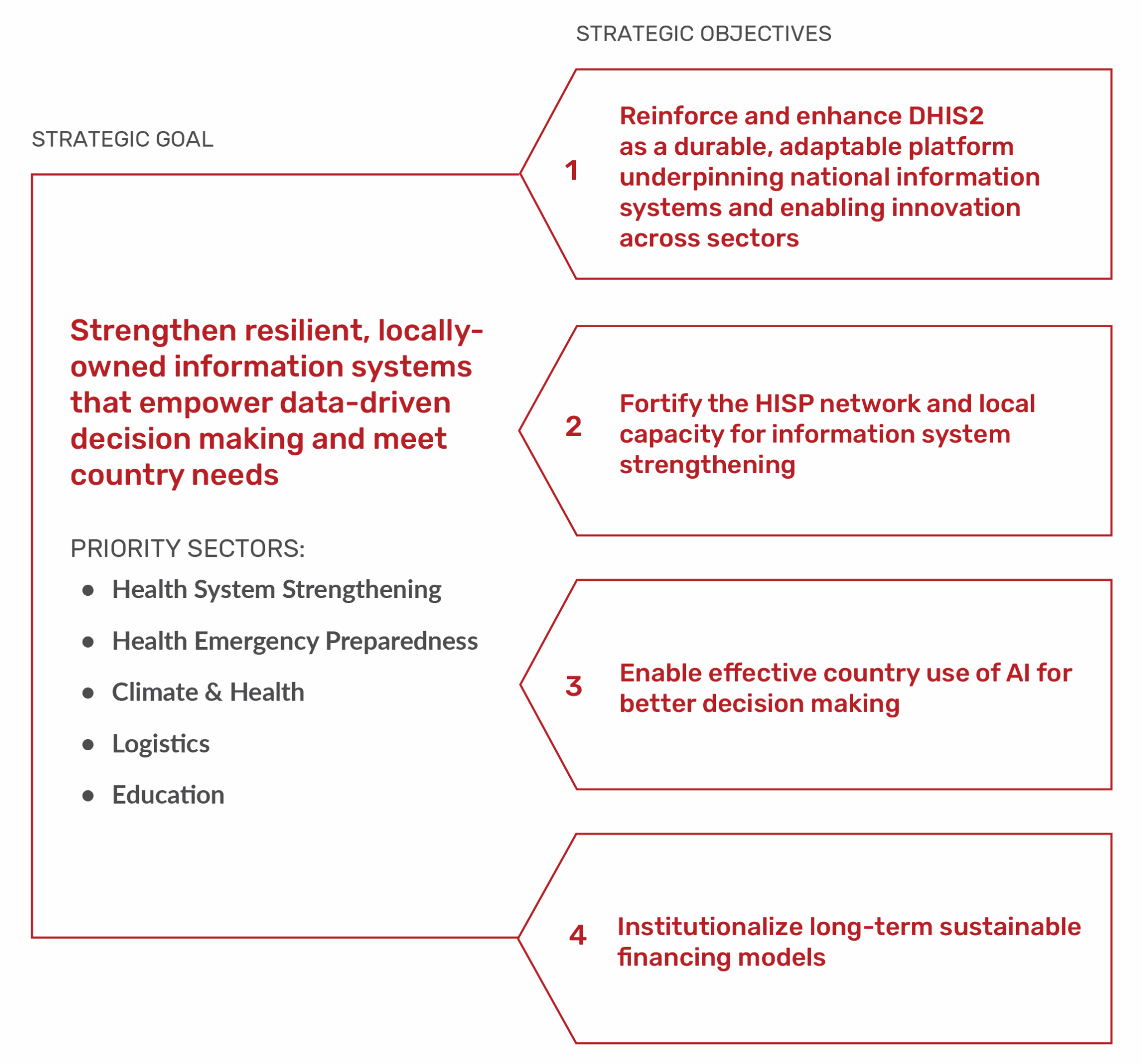DHIS2 News: WHO Assistant Director General praises DHIS2 as a “practical tool that harnesses the power of data”
Summary of Dr. Samira Asma’s opening remarks delivered at the DHIS2 Annual Conference on 21 September, 2020
The 2020 DHIS2 Annual Conference began with opening remarks from Dr. Samira Asma, Assistant Director General of the World Health Organization (WHO), Division of Data, Analytics and Delivery for Impact. In her remarks, Dr. Asma highlighted the Health Information Systems Programme (HISP) at the University of Oslo (UiO) as “a longstanding partner of the WHO and a collaborating center for health information systems and innovations.”
Dr. Asma emphasized the importance of digital solutions like DHIS2 in responding to COVID-19, saying that “responding to and understanding the direct and indirect impact of COVID-19 rests upon data,” and in particular on “health information systems in countries. However, too many countries lack the infrastructure and resources to report timely reliable and actionable information. And we urgently need to address these gaps.”
In discussing how to address challenges like COVID-19, Dr. Asma focused on three things: “leveraging partnerships, scaling data solutions and delivering impact in countries.” She presented DHIS2 as an example, saying “the district health information system (DHIS2) is a fantastic contribution in the field of health information systems that we all know and use. DHIS2 is a practical tool that harnesses the power of data.” DHIS2 is featured on the WHO SCORE website alongside other digital tools for strengthening country health data and information systems.
Dr. Asma also recognized the speed at which the DHIS2 team and global DHIS2 community was able to respond to COVID-19. “Within a few days of the pandemic, the DHIS2 team rapidly responded to countries and introduced the COVID surveillance package,” she remarked, and drew the connection between this data package and the standardized DHIS2 data packages for other health areas–such as TB, HIV, malaria, maternal and child health–that HISP-UiO has developed in collaboration with the WHO over the past several years.
To help measure progress toward addressing these and other global health challenges, WHO has established high-level strategic goals called the Triple Billion targets, which are intended to help WHO and its member states meet the UN’s Sustainable Development Goals (SDGs) by 2030. These ambitious goals include at least 1 billion people enjoying better health and wellbeing, and the world being better prepared for health emergencies. As Dr. Asma stated: “All of this needs good underlying data…. So an important point (is) … that DHIS2 should not be regarded as just a reporting tool. It is not. It must be used to improve performance of health care delivery at the primary health care in districts and health care systems. This is going to be extremely important: improving the quality of data, but also using the data to improve performance as well as reporting.”
“Bringing partnerships, data and digital tools and innovation together, with an aim to strengthen country capacity is a sustainable way that can achieve our goals,” stated Dr. Asma, who then referenced the mission of Dr. Tedros Adhanom, Director General of WHO: To promote health, keep the world safe, and serve the vulnerable. “But,” she added, “we can only achieve this with accurate, timely, and comparable health data.” HISP-UiO and DHIS2 are proud to work as a collaborating partner with WHO to help achieve these goals.
Watch Dr. Asma’s complete remarks–and other videos from the DHIS2 Annual Conference–on our YouTube channel.


